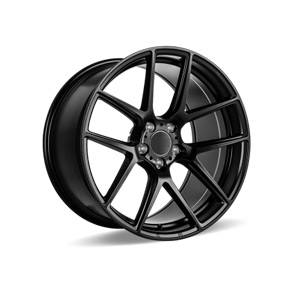gas pedal and cable
Understanding the Gas Pedal and Cable in Automotive Systems
The gas pedal and its associated cable are crucial components of an automobile's acceleration system. While modern vehicles increasingly utilize electronic throttle control systems, understanding the traditional gas pedal and cable assembly offers insight into how vehicle acceleration has evolved over the years. This article delves into the function, mechanics, and relevance of the gas pedal and cable system, highlighting its role in driving dynamics and vehicle performance.
The Gas Pedal Function and Importance
The gas pedal, also known as the accelerator pedal, is a pedal in a vehicle that drivers use to control the engine's power output. When the driver presses the gas pedal, it signals the engine to increase its RPM (revolutions per minute), resulting in faster acceleration and increased vehicle speed. The gas pedal's layout allows for easy access and operation, enabling the driver to make swift adjustments while maintaining control over the vehicle.
One of the key aspects of the gas pedal's design is its ergonomic positioning. It is strategically placed to be operated smoothly in conjunction with the brake pedal, allowing for seamless transitions between accelerating and decelerating. This balance is essential for safe driving, especially in dynamic driving conditions where quick responds to changes in speed are necessary.
The Cable System Mechanics of Operation
In traditional vehicles, the gas pedal is mechanically linked to the engine via a cable system. This is typically a flexible steel wire, encased in a sheath, that runs from the gas pedal to the throttle body of the engine. When the pedal is pressed, the force exerted by the driver is transmitted through the cable, which pulls on the throttle plate or lever in the engine. This mechanical connection is what allows for direct, instantaneous control of the engine's power output.
gas pedal and cable

The design of the cable system has evolved over time. Earlier models featured a simple, plain cable that could fray or snap under stress. However, advancements in technology have led to the incorporation of various materials and designs that improve durability and responsiveness. For instance, modern gas pedal cables may come with coatings to reduce friction, allowing for smoother pedal operation and enhanced performance.
The Transition to Electronic Systems
While the gas pedal and cable system has served vehicles well for decades, the automotive industry has seen a significant shift toward electronic throttle control (ETC) systems. These systems replace the mechanical link with electronic sensors and actuators. In an ETC setup, a sensor detects the position of the gas pedal and sends an electronic signal to the engine's control unit. This unit then determines the optimal amount of throttle input based on various factors, including engine load and speed.
This transition offers several advantages, including improved responsiveness, better fuel efficiency, and more precise control over emissions. Nevertheless, traditional gas pedal and cable systems remain in widespread use, especially in older vehicles and specific applications where simplicity and reliability are preferred.
Conclusion The Future of Gas Pedals
As automotive technology continues to advance, the role of the gas pedal and its cable system is evolving. While electronic systems are gaining ground, the fundamental principles of driver control over acceleration remain unchanged. For automotive enthusiasts and professionals, understanding the mechanics of the gas pedal and cable system provides valuable insights into vehicle performance and engineering.
In summary, the gas pedal, whether traditional or electronic, plays a pivotal role in driving. It is not just a simple control mechanism; it embodies the connection between driver intention and vehicle response. As we move forward, embracing innovations while respecting the principles of traditional systems will be key to the development of future automotive technologies. Understanding the past enables us to appreciate the advances of modern engineering, ensuring that our vehicles remain responsive, efficient, and enjoyable to drive.
-
Upgrade Your Vehicle with High-Quality Handbrake CablesNewsNov.01,2024
-
Optimize Your Bike's Performance with Quality CablesNewsNov.01,2024
-
Enhance Your Vehicle's Performance with Quality Clutch ComponentsNewsNov.01,2024
-
Elevate Your Vehicle's Performance with Quality Throttle CablesNewsNov.01,2024
-
Elevate Your Vehicle's Performance with Quality CablesNewsNov.01,2024
-
Affordable Solutions for Your Cable NeedsNewsNov.01,2024
